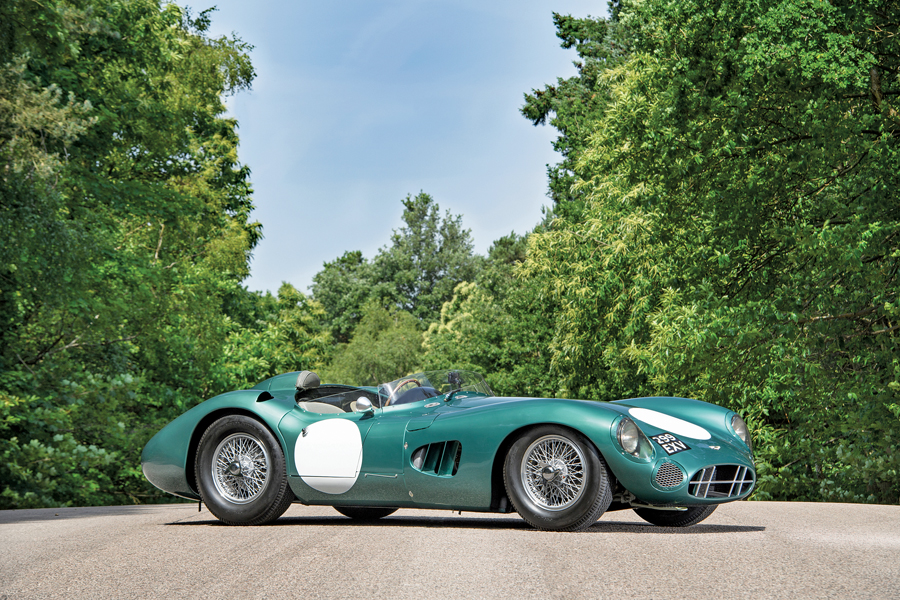Chassis Number: DBR1/1
Coming from the finest of all Aston Martin collections, owned by a fastidious perfectionist, DBR1/1 is not only the best presented of the five DBR1s produced, it is also without question the most correct, down to the smallest of details, inside and out.
With its impeccable provenance and enviable racing record, during which this Aston Martin was driven by some of the greatest names in motor racing, DBR1/1, the first of the line and an integral team player to the end, crucial to that 1959 World Sportscar Championship victory, remains an ultimate icon of Aston Martin racing history.

